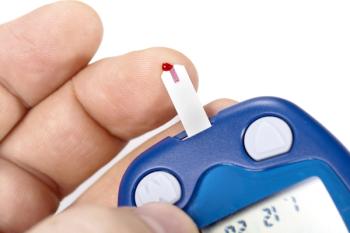
Novo Nordisk presented data for 2 mg dose of Ozempic at the 81st Annual Scientific Sessions of the American Diabetes Association.

Novo Nordisk presented data for 2 mg dose of Ozempic at the 81st Annual Scientific Sessions of the American Diabetes Association.

The DARE-19 clinical trial explores the use of SGLT2 inhibitors for patients with hypertension, cardiovascular disease, heart failure, type 2 diabetes, or chronic kidney disease, and COVID-19.
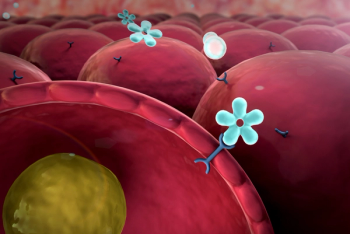
Study presented at the American Diabetes Association (ADA) 81st Scientific Sessions shows meaningful outcomes for people with diabetes who use the FreeStyle Libre system.

Data show diabetes patients not taking medication experienced longer hospitalization and recovery from the coronavirus.

Too much bile acids can lead to damage in the cell membranes and can cause cell death and inflammation.

Initial data show that children presented with higher acuity in 2020 compared to the previous year.

Studies show that an increased life expectancy is attributable to growth in gross domestic product, increases in the average years of school, and other social factors.
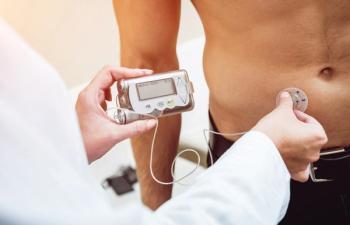
Improvements in glycemic control were seen as early as 3 months after program implementation and were sustained up to a year with continued program engagement.

The objective of the study was to determine the impact of telemedicine consultations in the context of the COVID-19 pandemic on the glycemic control of patients at an endocrinology clinic.
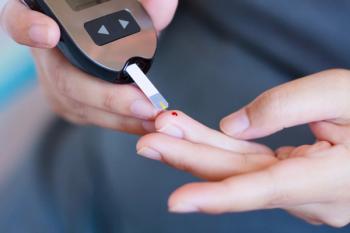
Researchers observed improvements in total cholesterol, low-density lipoprotein, triglycerides, and serum gamma glutamyl transferase among patients both with and without diabetes.
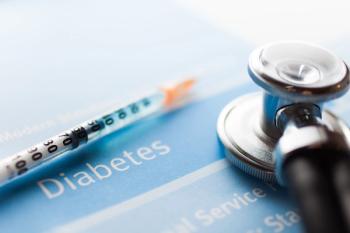
Individuals with diabetes, and other related underlying health conditions, are being hospitalized 6 times more often and are 12 times more likely to die of COVID-19 than those without diabetes.
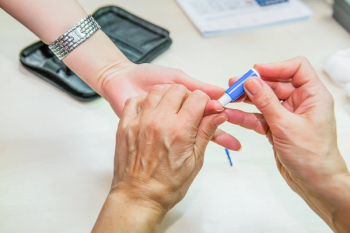
According to a recent study presented at the ADA’s 80th Scientific Sessions, youth and young adults with type 1 diabetes (T1D) in the United States today have worse glycemic control than prior generations.
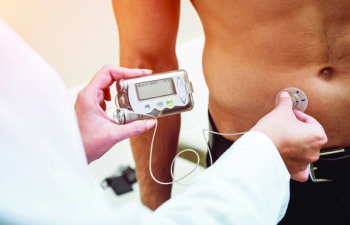
Treatment of recently diagnosed patients with type 1 diabetes (T1D) with anti-IL-21 and liraglutide for 54 weeks was found to be safe and resulted in sustained insulin secretion and lower insulin dose.
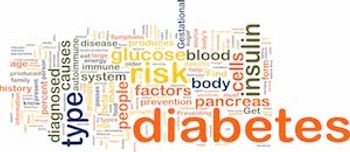
The DPPOS is the long-term follow-up of the Diabetes Prevention Program (DPP), a multicenter trial conducted from 1996 to 2001 that established the success of either an intensive lifestyle program or treatment with metformin to prevent or delay the development of T2D in individuals who were considered at high risk for developing the disease.
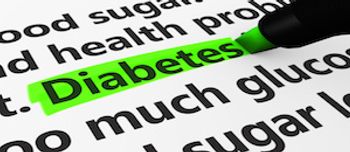
Oral insulin (OI) slows insulin decline in those at high risk for type 1 diabetes (T1D), according to a poster session at the American Diabetes Association’s 80th virtual Scientific Sessions.
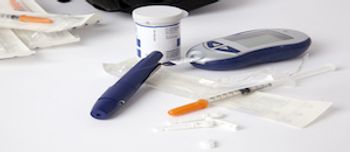
There have not been many evaluations of the prevalence of, and factors associated with, use of DSME/S and support programs in newly diagnosed patients with type 2 diabetes (T2D) in Louisiana, according to the study authors.
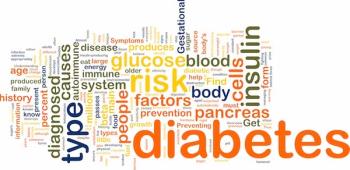
The slowed metabolic decline among the OI trial participants at highest risk was assessed and defined by the DPT1 Risk Scores over a 6.75 threshold.

The TEDDY study also aims to identify environmental triggers that cause the immune destruction of beta cells.

The results of the study demonstrated that dapagliflozin was able to reduce new-onset diabetes by 32%.

The results of the real-world, observational study were presented by Eli Lilly during the American Diabetes Association's 80th Virtual Scientific Sessions.

Dapagliflozin is typically used as a second line GLM in T2D and often added to metformin.

A study of more than 9000 people finds overall need for better access to psychological and other non-medical diabetes care for people living with diabetes and their caregivers.

Managing diabetes in rural areas is difficult due to limited access to specialty care and self-management programs.
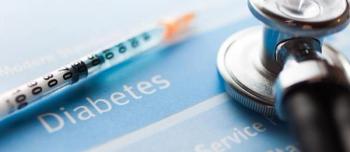
The Janssen Pharmaceutical Companies of Johnson & Johnson today announced results of a new subgroup analysis from the phase 3 CREDENCE study,

In recent years, diabetes technology has evolved at a rapid pace.

Data from 2 studies noted no differences between either program.

Researchers did not find a statistically significant benefit in using vitamin D to decrease the likelihood of developing type 2 diabetes in high risk individuals.

Paul Burton, MD, the Vice President of Janssen Scientific Affairs, LLC, explains the role of pharmacists in diagnosing and treating diabetes with their drug, Invokana (canagliflozin).

In addition to showing no significant imbalance of BKLE amputation, the study also identified a HHF reduction in the general T2D population.

People with T2D have an increased risk of damage to the eyes, kidneys, nerves, legs, heart and brain, and many of these complications can ultimately affect mortality.